Last night Ross Gillott from the Australian Charities and Not for Profits Commission joined us to explain their dataset. It was a very interesting presentation, there is so much potential in the data they have. After being separated from the ATO in 2012, the data that the ACNC was provided was scrappy and poorly kept. They have implemented a new reporting regime – which they admit can be onerous for small organisations, 60% have no paid employees – to improve that data. Given the infancy of the organisation, the data is still quite rough, but at close to 60,000 organisations registered, there is a rich collection available. And as both sides grow more accustomed to each others’ ways, that data can only become more accurate.
The sector covered by the ACNC employs 8% of the Australian workforce, not including volunteers, and worth $100bn, which is why it is considered important that these statistics are gathered. All the data ends up on the old trusty data.gov.au, the ACNC providing two main datasets, the longitudinal Registered Charities and the new Annual Information Statement that each charity needs to complete.
Almost everyone sat down to have a go at the datasets after the presentation, with ideas ranging from topical analysis of self-reported function of each charity, longevity versus size, mapping of type versus geolocation, mapping of total donations received versus ATO data on average income per suburb, and more. Not a lot came out immediately, as the data did need a lot of cleaning but Andrew showed how easy it is to import data into Splunk and get almost immediate mapping results.
I’d imagine we will see some more small analyses coming out as the weeks progress. Big thanks to Ross and the ACNC for coming out and talking to us.
